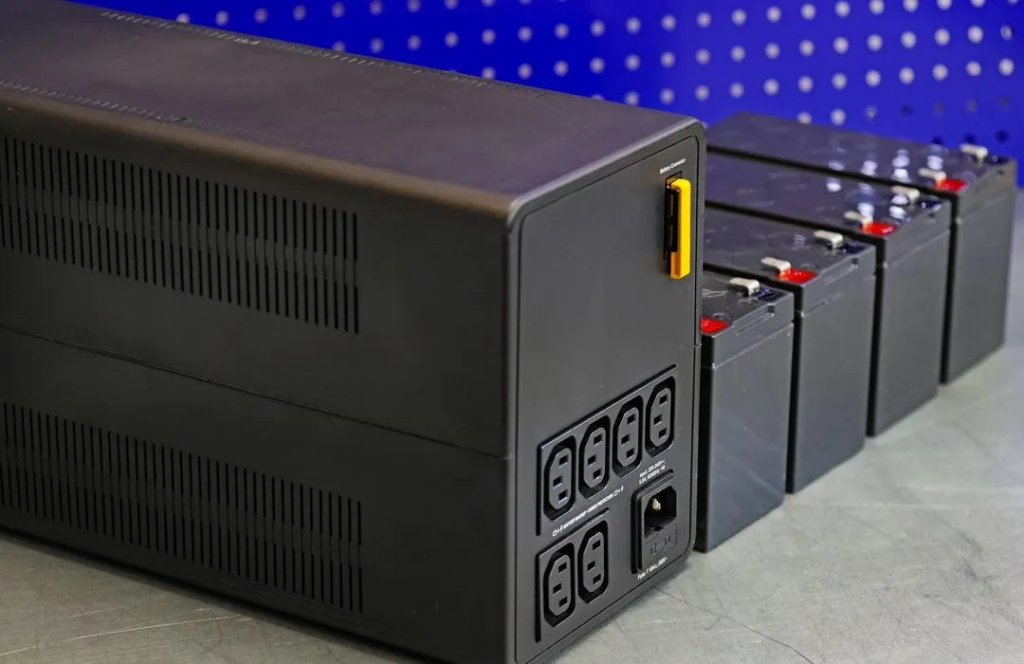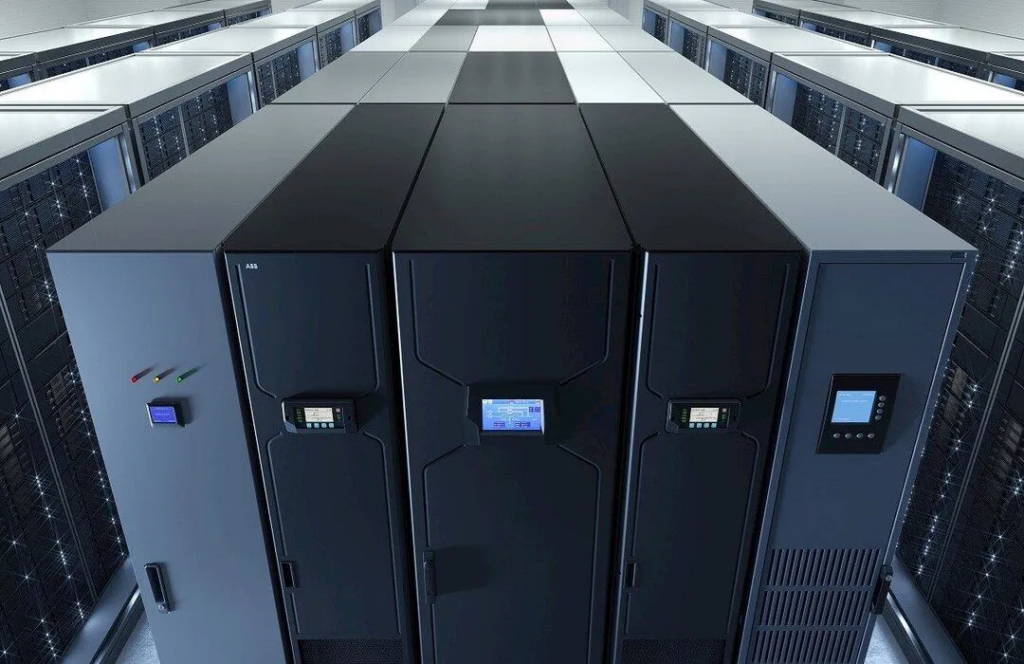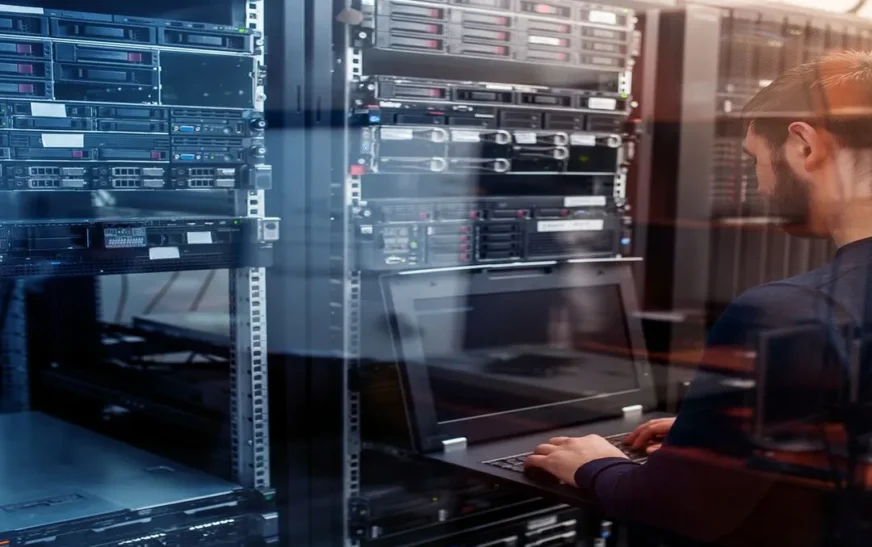Backup power solutions are critical in an increasingly energy-dependent world. As the global population grows and economies continue to expand, the demand for reliable energy sources becomes ever more pressing.
In Australia, the need for stable electricity is not just about ensuring that lights stay on and businesses run smoothly; it’s also about meeting environmental goals and reducing the carbon footprint.
Understanding Backup Power Solutions
Before delving into the environmental benefits, it’s essential to understand what backup power solutions entail. These systems provide electricity when the main power source fails. They are typically employed in industries, hospitals, data centres, and residential homes to ensure continuous operation during power outages.
Types of Backup Power Solutions
- Generators: These are traditional backup power solutions, usually powered by diesel, petrol, or natural gas. Generators are highly reliable but have been criticised for their environmental impact, mainly due to emissions and fuel consumption.
- Uninterruptible Power Supplies (UPS): UPS systems provide immediate power by drawing energy from batteries. They are crucial for protecting sensitive equipment and ensuring no data is lost during power interruptions.
- Renewable Energy Solutions: Increasingly, solar panels and wind turbines are being integrated into backup power systems. These solutions not only provide a sustainable energy source but also reduce dependence on fossil fuels.
- Energy Storage Systems: These systems store energy from the grid or renewable sources during off-peak times, releasing it during outages or peak demand periods. They play a vital role in balancing supply and demand, thus enhancing grid stability.
Environmental Impact of Traditional Backup Power Solutions

Traditional backup power solutions, particularly diesel and petrol generators, have a significant environmental impact. They emit greenhouse gases (GHGs) such as carbon dioxide (CO2) and nitrogen oxides (NOx), contributing to air pollution and climate change. According to the Australian Government, the energy sector is responsible for a substantial portion of the nation’s GHG emissions, and backup generators are a notable part of this problem.
Challenges with Diesel Generators
Diesel generators are widely used due to their efficiency and reliability. However, they pose several environmental challenges:
- High Emissions: Diesel combustion releases CO2, NOx, and particulate matter into the atmosphere, impacting air quality and public health.
- Noise Pollution: The operation of diesel generators is typically noisy, contributing to noise pollution, especially in urban areas.
- Fuel Spillage: Handling and storage of diesel can lead to spillage, posing risks to soil and water quality.
Regulatory Compliance
Australia has implemented strict regulations to control emissions from backup power systems. The National Pollutant Inventory (NPI) requires facilities to report emissions, and standards have been set to ensure compliance with environmental guidelines. However, compliance can be challenging for businesses relying on older generator models that are not designed with modern emission control technologies.
The Shift Towards Sustainable Backup Power Solutions

To address these environmental concerns, there is a growing shift towards more sustainable backup power solutions. This shift is driven by technological advancements, regulatory pressure, and increasing awareness of environmental responsibility among businesses and consumers.
Renewable Energy Integration
One of the most promising developments in backup power solutions is integrating renewable energy sources. Solar panels and wind turbines are increasingly being used to supplement or replace traditional generators. By harnessing renewable energy, businesses can significantly reduce their carbon footprint and contribute to a cleaner environment.
Benefits of Renewable Integration
- Reduced Emissions: Renewable energy sources generate electricity without emitting GHGs, helping mitigate climate change.
- Cost Savings: Over time, renewable energy systems can lead to significant cost savings as they reduce reliance on fossil fuels and minimise operating expenses.
- Energy Independence: By generating their own electricity, businesses and communities can reduce dependence on the grid and enhance energy security.
Advancements in Energy Storage
Energy storage technologies are rapidly evolving, offering new opportunities for sustainable backup power solutions. Lithium-ion batteries and other advanced storage systems can store excess energy from the grid or renewable sources, providing a reliable power supply during outages.
Key Advantages
- Grid Stability: Energy storage systems can help balance supply and demand, reducing the risk of blackouts and enhancing grid resilience.
- Peak Load Management: By storing energy during off-peak periods, these systems can alleviate pressure on the grid during peak demand, reducing the need for additional generation capacity.
- Integration with Smart Grids: Modern energy storage systems can be integrated into smart grids, allowing for real-time monitoring and optimisation of energy use.
Conclusion
Backup power solutions are essential for ensuring a reliable electricity supply, particularly in an era of increasing energy demand and environmental concerns. By shifting towards sustainable solutions such as renewable energy integration, advanced energy storage, and smart grid systems, Australia can significantly reduce its carbon footprint and contribute to a cleaner, greener future. As technology advances and regulations continue to evolve, the potential for backup power solutions to address environmental concerns will only grow, offering a promising path forward for businesses, communities, and the planet.













